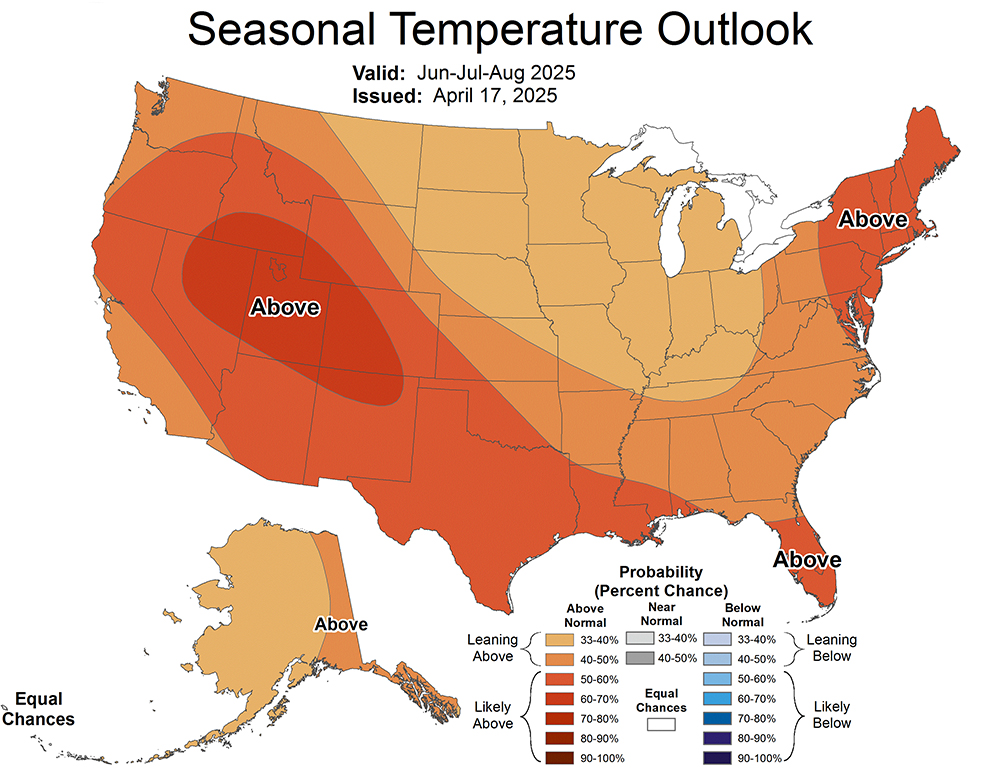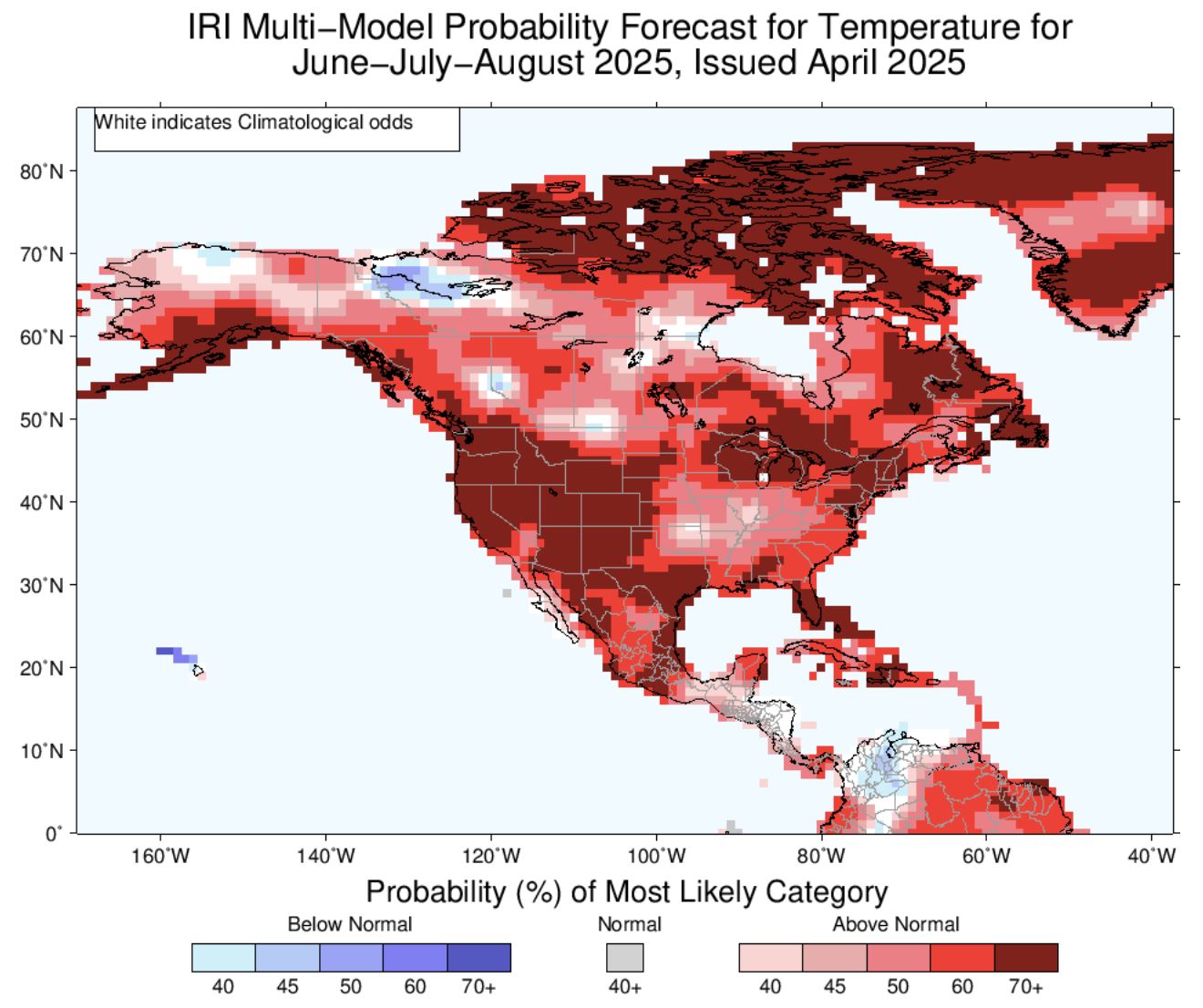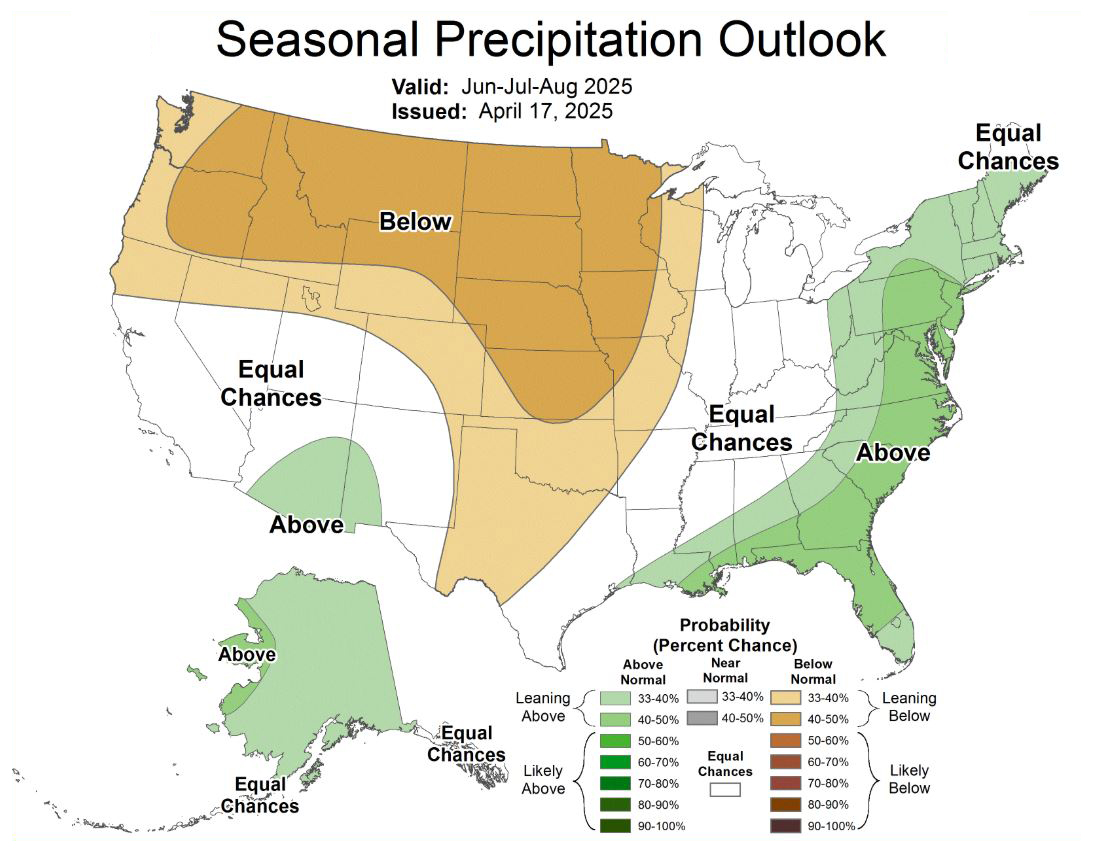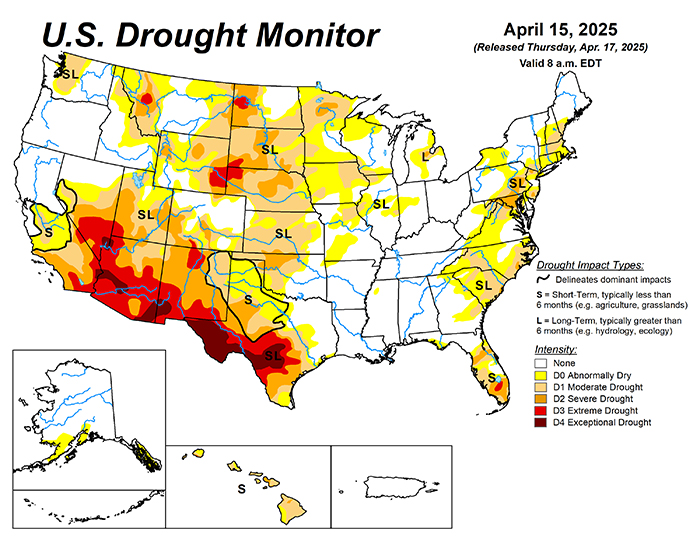2025 Summer Loads and Resources Assessment Overview
The analysis done as part of the California ISO's (CAISO) 2025 Summer Loads and Resources Assessment has determined there are enough resources to meet demand through a variety of conditions but there are risks associated with extreme region-wide heat events and the threat posed by wildfires. We created this webpage as a helpful way to digest the summer assessment’s key findings and hope you find it useful.

Summary
The 2025 Summer Loads and Resources Assessment shows continued improvement in resource availability particularly driven by accelerated resource development. This results in an increase in projected capacity margins that exceed demand and reserve requirements, and have met performance target levels three years in a row.
It is important to note that the results presented in the summer assessment do not take into account extreme events (e.g. extreme drought, wildfires and the potential for widespread regional heating events and other disruptions) that continue to pose a risk for emergency conditions to the CAISO grid.
Key highlights from the summer assessment include the following:
- 3,372 MW of nameplate capacity was added to the grid from September 1, 2024 through April 1, 2025 and we expect to onboard an additional 2,163 MW by June 30.
- Our probabilistic assessment of all resource adequacy eligible capacity shows a surplus of 1,451 MW for meeting a generally accepted “one day every 10 years loss-of-load expectation” (“1-in-10 LOLE”) planning target. This assessment measures the potential for calling on emergency measures, not actual loss of firm load.
- The weather outlook for the months of June through August shows probability of above-normal temperatures across the West, with the highest probabilistic chances across the Intermountain West, and slightly lower chances of above-normal temperatures in coastal locations. First half of summer could have higher magnitude of above normal temperatures. Forecasts also show an increased chance of heat events in June and July across the West.
- The emergency supply accessible through the state’s Electricity Supply Strategic Reliability Reserve Program (ESSRRP) and emergency assistance on the interties totals around 3,379 MW.
Supply conditions for 2025
- In the summer assessment, the CAISO considers both existing and in-development resources expected to be available to serve demand during the forecasted summer peak in 2025.
- Existing resources are those listed on CAISO’s Net Qualifying Capacity (NQC) list as of February 12, 2025. Expected new resources are those that have a high likelihood of declaring commercial operation by June 30, 2025.
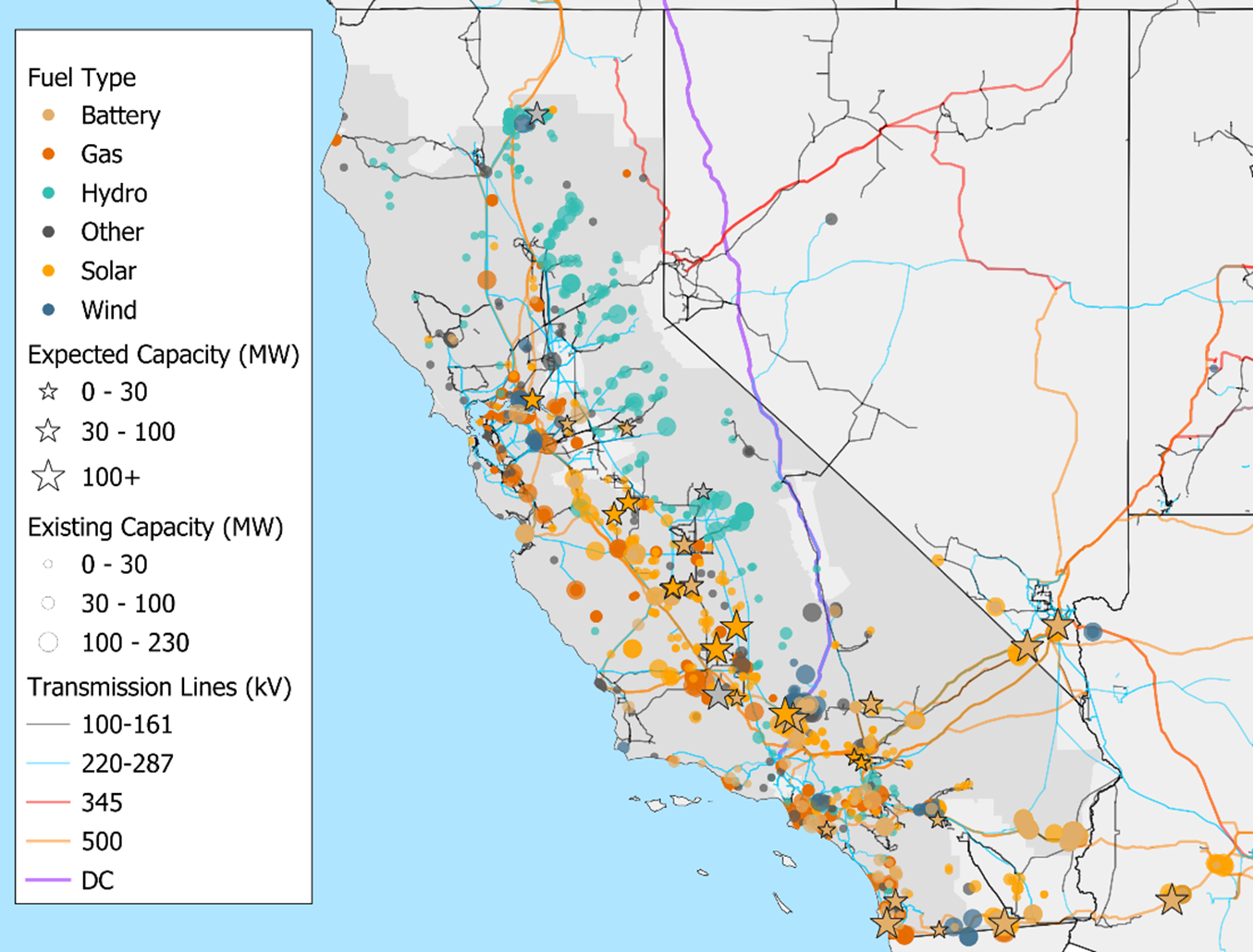 New and existing resources (2025)
New and existing resources (2025)
The CAISO expects 2,163 MW of nameplate capacity to be online between April 1 and June 30




Existing and new resource modeled capacity for all RA eligible resources (2025)
Load projections
- The CAISO’s probabilistic assessment and multi-hour stack analysis rely on a 1-in-2 planning demand forecast from the CEC's 2024 Integrated Energy Policy Report (IEPR).
- From 2014 to 2024, CAISO’s actual annual peak demand fluctuated between 43,789 MW and 51,479 MW while its actual annual energy consumption varied from 209,429 GWh to 227,309 GWh.
From 2025 to 2030, CEC’s CAISO 1-in-2 peak demand forecast increases by 15 percent from 46,094 MW in 2025 to 52,940 MW in 2030. In addition, the CEC is also projecting CAISO’s annual energy in 2025 to be 217,686 GWh with an increase to 271,992 GWh by 2030.
Monthly peak load forecast (May 2025 – October 2025)
| Month | May | June | July | August | September | October |
|---|---|---|---|---|---|---|
| Monthly peak load forecast (MW) | 31,026 | 41,047 | 45,568 | 44,896 | 46,094 | 37,568 |
CAISO historical and projected annual peak load and energy (2014 – 2030)
Probabilistic assessment
- The CAISO assessed a resource portfolio reflecting existing RA eligible resources and those expected to be available by June 30, 2025 against a 1-in-10 LOLE planning target using probabilistic production cost simulations in the energy modeling software PLEXOS.
- The CAISO’s probabilistic assessment of expected resource fleet utilizes 500-iteration full year hourly chronological simulations and is able to capture a wide range of system conditions in load, solar and wind generation and generation resource outages. The model simulates 500 years with a unique combination of load, solar, wind and outage profiles for each year.
- The assessment focuses on meeting a standard in the electricity industry that a bulk power system should experience no more than one outage every ten years (“1-in-10 LOLE”) due to insufficient supply. It measures the potential for calling on emergency measures, not actual loss of firm load. It considers reasonable historical trends and history; it does not take into account extreme and emergency events.
- This year, the CAISO implemented several key enhancements to improve its summer assessment modeling including but not limited to detailed battery, hybrid and colocated resource modeling, updated resource-specific planned and forced outage rates etc.
Approaching summer 2025, the probabilistic assessment indicates there are sufficient resources to meet a broad range of load, solar, wind and outage uncertainties with an excess of 1,451 MW satisfying the “one day every 10 years loss-of-load expectation” (1-in-10 LOLE) planning target.

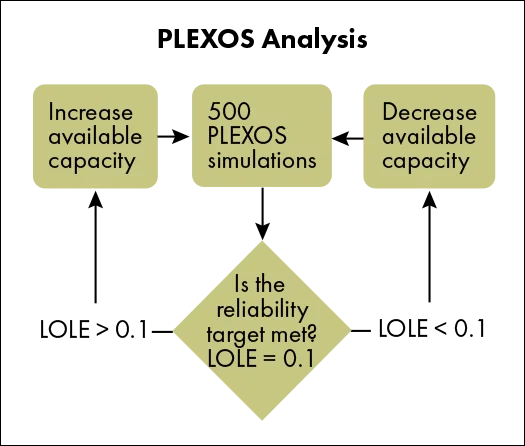
YES

Loss of load hours across 500 samples
Base portfolio
Calibrated to 0.1 LOLE portfolio
Multi-hour stack analysis
- A simplistic visualization of hourly loads and resource contribution analysis was also performed to analyze the hourly reserve margin for the expected All Resource Adequacy (RA) eligible fleet.
- A planning reserve margin (PRM) of 22.67 percent is required to meet a 0.1 LOLE, calculated by first subtracting the surplus capacity of 1,451 MW (as determined in the probabilistic study) from all available resources.
- The resource stack is also compared against the load-weighted average PRM of 16.7 percent across all CAISO load serving entities for the 2025 RA year.
- The multi-hour stack assessment of this fleet indicates a reasonable margin above the PRM required to achieve a 0.1 LOLE target.
May 2025 actual RA showings
Emergency resources
- Beginning in the summer of 2021, several emergency resource programs have been put into place to provide grid support during system emergencies and extreme events.
- These programs include both conventional generation assets and voluntary load reduction programs administered by state agencies including the Department of Water Resources, the California Public Utilities Commission and the CEC. Many of these programs trigger based on various CAISO emergency notifications.
- For summer 2025, supply accessible through the Electricity Supply Strategic Reliability Reserve Program (ESSRRP) and emergency assistance on the interties totals around 3,379 MW.
Emergency resources
Strategic Reliability Reserves (SRR)
- Electricity Supply Strategic Reliability Reserve Program (ESSRRP)
- Demand Side Grid Support (DSGS)
- Distributed Electricity Backup Assets (DEBA)
Emergency Load Reduction Program (ELRP)
Emergency assistance on the interties
Weather outlook
Weather conditions such as temperatures, cloud cover, and precipitation impact variables affecting the CAISO market and system operations including hydro production, renewable production, and load levels. During summer, temperature is a key driver of load conditions, especially when there are extreme and widespread heat events.
- For the months of June through August 2025, forecasts show the probability of above normal temperatures across the Western U.S, with the highest chances of above normal temperatures across the Intermountain West and into the Pacific Northwest and slightly lower chances in coastal locations. The first half of summer could have higher magnitude of above normal temperatures.
- In August and September of 2025, forecasters continue to see an increased chance of above normal temperatures across the West.
Preparation for
summer operations
- The CAISO, state entities, and stakeholders have employed a number of contingency measures to continue to improve system preparedness and performance. These have included pursuing and approving procurement of additional resources, ensuring existing resources are retained in service; managing planned maintenance; and improving operational coordination around resources or load reductions accessible under stressed grid conditions.
- The ISO coordinates closely with California state agencies, utilities, and regional partners on summer readiness activities. These efforts include reviewing and updating the ISO’s operational playbook, which outlines processes, potential operational actions, and communication touchpoints in advance of and during a potential grid event.
